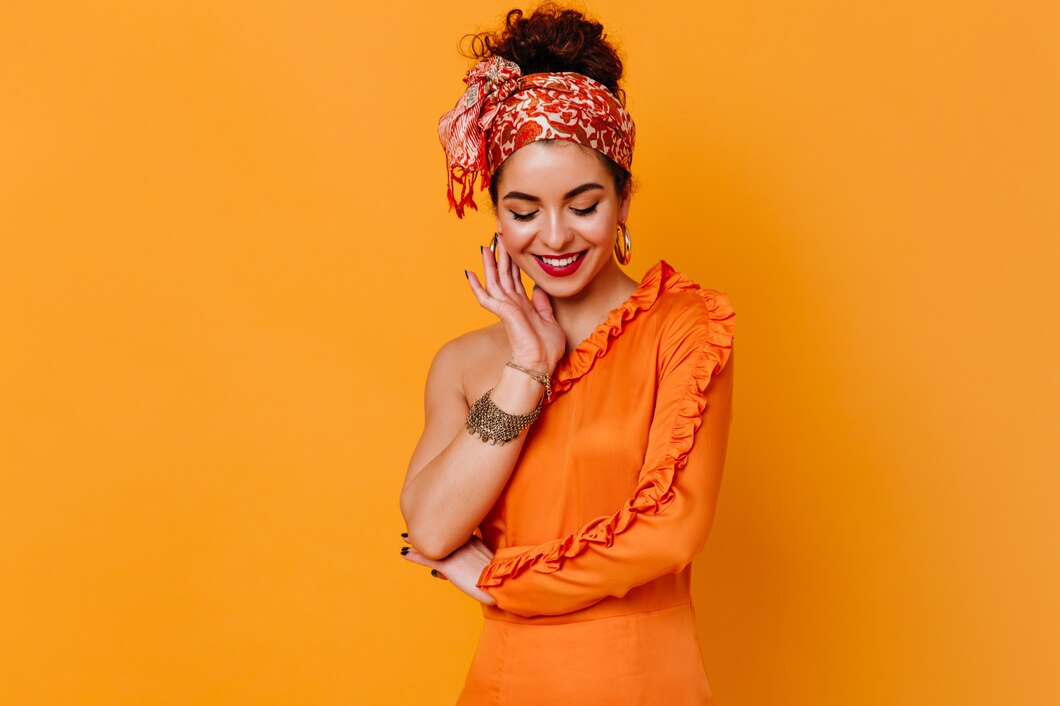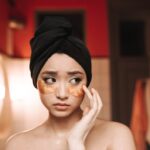Color is more than just a visual experience; it plays a significant role in our emotions, perceptions, and overall presence. Understanding color theory can empower you to make informed choices about your outfits, enhancing your style and the way you feel. Here’s how you can harness the power of color to elevate your wardrobe.
1. Understanding Color Theory Basics
Color theory consists of the color wheel, which categorizes colors into three primary groups:
- Primary Colors: Red, blue, and yellow. These colors cannot be created by mixing other colors.
- Secondary Colors: Green, orange, and purple, which are created by mixing primary colors.
- Tertiary Colors: These are formed by mixing a primary color with a secondary color (e.g., red-orange, blue-green).
The color wheel can guide you in creating harmonious outfits based on complementary, analogous, or triadic color schemes.
2. Complementary Colors
Complementary colors are located directly opposite each other on the color wheel. Pairing these colors creates a striking contrast that can make your outfit pop.
Examples:
- Red and green
- Blue and orange
- Yellow and purple
When wearing complementary colors, consider balancing one color as the main focus while using the other as an accent. For instance, a bold red dress can be paired with green accessories for a chic look.
3. Analogous Colors
Analogous colors are next to each other on the color wheel and create a more harmonious, subtle look. This scheme is perfect for a softer, more cohesive outfit.
Examples:
- Blue, blue-green, and green
- Yellow, yellow-orange, and orange
- Red, red-orange, and orange
To use analogous colors effectively, choose one as the dominant color and use the others to accentuate your look. This approach works well for layering, as you can blend shades smoothly for an elegant outfit.
4. Triadic Colors
Triadic color schemes involve three colors evenly spaced around the color wheel. This combination provides a vibrant, balanced look that can be playful yet sophisticated.
Examples:
- Red, blue, and yellow
- Green, orange, and purple
- Violet, orange, and green
To use a triadic scheme, pick one color as the main focus and use the others as accents. For instance, a bright orange top can be paired with blue jeans and a yellow handbag for a fun, energetic outfit.
5. Monochromatic Outfits
Monochromatic outfits involve wearing different shades, tints, and tones of a single color. This approach creates a sleek, sophisticated look that elongates the body and is visually appealing.
Tips for Monochromatic Looks:
- Mix different fabrics and textures to add depth (e.g., a light blue silk blouse with dark denim jeans).
- Play with patterns in the same color family to create interest (e.g., a striped navy and light blue outfit).
6. The Psychology of Color
Different colors evoke different emotions and can influence perceptions. Understanding this can help you choose colors that align with how you want to feel or how you want to be perceived.
- Red: Passion, energy, and confidence.
- Blue: Calmness, trust, and professionalism.
- Yellow: Happiness, positivity, and creativity.
- Green: Growth, health, and tranquility.
- Black: Elegance, sophistication, and authority.
- White: Purity, simplicity, and freshness.
When dressing for a specific occasion, consider the emotions you want to convey. For example, a red dress might be perfect for a date night, while a blue suit could be ideal for a job interview.
7. Seasonal Color Theory
Consider the seasonal color theory when selecting your wardrobe. Each season has a palette that complements the natural environment, affecting how colors look and feel:
- Spring: Light, fresh colors (pastels, light greens, soft yellows).
- Summer: Bright, vibrant colors (bold blues, coral, and bright pinks).
- Autumn: Warm, earthy tones (burnt oranges, browns, and deep reds).
- Winter: Cool, rich colors (deep blues, emerald greens, and purples).
Incorporating seasonal colors into your outfits can enhance your overall look and keep your style relevant.
8. Personal Color Analysis
Everyone has colors that complement their skin tone, hair color, and eye color. A personal color analysis can help you determine your best shades, which can enhance your natural features and boost your confidence.
Tips for Finding Your Colors:
- Warm vs. Cool Tones: Warm tones (gold, orange, brown) typically suit those with warm undertones in their skin, while cool tones (silver, blue, purple) flatter cooler undertones.
- Test Colors: Hold different colored fabrics up to your face in natural light. Notice which shades brighten your complexion and which may wash you out.
Using color theory to enhance your outfits can transform your style and boost your confidence. By understanding complementary, analogous, and monochromatic color schemes, along with the psychological impact of colors, you can create outfits that not only look great but also make you feel empowered. So, embrace the power of color, experiment with your wardrobe, and let your style shine!








